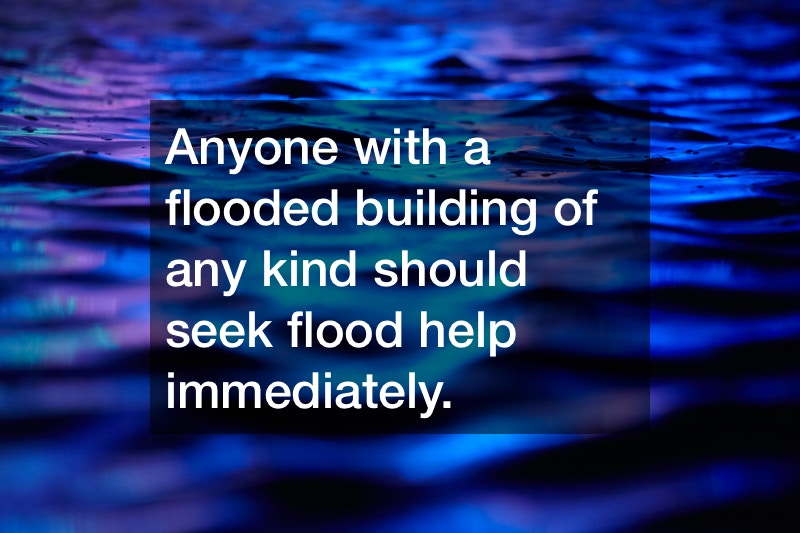Months After Colorado Flooding, Mold and Fungi Thrived in Basements

Some flooding issues can get worse even after the initial flood itself. Mold is a common flood problem. Houses that were previously flooded can also develop issues with mildew and pest infestations. However, those problems usually don’t appear immediately.
It takes time for mold and mildew to develop. A flooded building that is inspected and treated relatively quickly will be much less likely to have issues like that.
Enormous amounts of water can strongly damage the structure of a house fundamentally. It’s often unsafe to spend too much time in a building that was flooded recently, even if it looks like the building still has a strong floor and ceiling. Not all flood damage is obvious. Even the sections of a building that weren’t directly affected by the water itself can still become damaged indirectly, making the entire area less safe.

The people looking for flood insurance information should see what sort of damage will be covered by specific flood insurance policies.
Anyone with a flooded building of any kind should seek flood help immediately. A professional commercial water damage assessment can help the people who are trying to make sure that they’ve identified every issue with a specific flooded building.
 |
|---|
| Researchers at the University of Colorado Boulder recently revealed findings that show higher rates of airborne mold and fungal growth in basements that flooded when heavy rains deluged the Colorado Front Range in September 2013 than in basements that didn’t flood.
According to Phys.org, the researchers found nearly twice the fungal DNA in flooded homes than in non-flooded homes, even months after the initial flooding subsided and the flooded homes had been remediated. The findings, published in the journal Environmental Science and Technology and funded by the Alfred P. Sloan Foundation, also showed that flooded homes contained different types of fungi and airborne bacteria than in non-flooded homes. It typically costs anywhere from $3,000 to $5,000 to repair water damage to a flooded basement in the U.S.; remediation consists of a process that removes all furniture within the basement, replaces all drywall and flooring, and treats surfaces with an anti-microbial coating. The findings suggest that this remedial process might not be as effective at preventing mold and fungi than previously thought. “It was surprising to find that months after the flood had happened, and homes had for the most part been remediated, the microbial ecology in the flooded homes was still very different compared to the non-flooded homes,” Shelly Miller, associate professor of mechanical engineering and co-author of the study, said. The September floods that occurred in Boulder offered a unique circumstance, because the 15 inches of rainfall caused groundwater levels to rise, but it didn’t cause creeks to over-top their banks. Because of this, there were both flooded and non-flooded homes located on the same street, allowing researchers to compare homes in the same area at the same time, Phys.org reported. In prior studies, researchers were only able to compare indoor air quality to outdoor air quality. Mold, a known allergen and health hazard to people and animals with respiratory conditions, can begin to grow within a basement in just 24 to 48 hours after flooding occurs. The study’s authors stressed that it’s important to begin looking at mold and fungi when evaluating indoor air quality, a measure that has typically only evaluated chemical levels in the air. |



